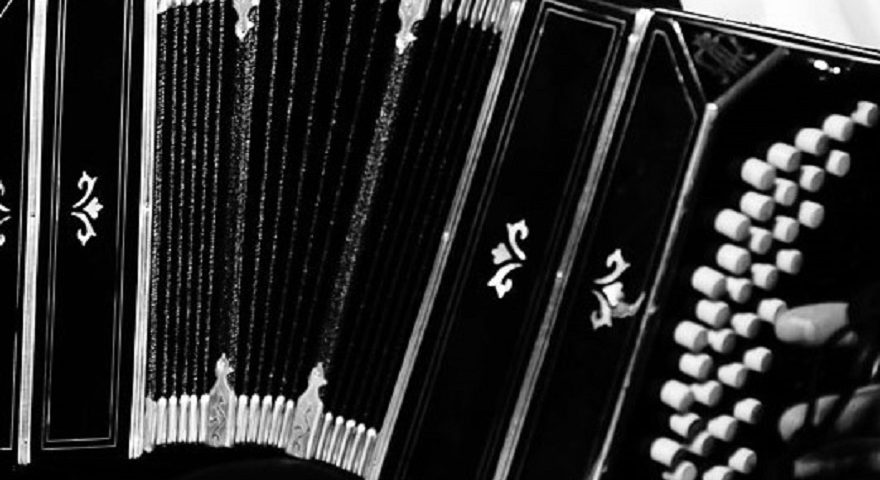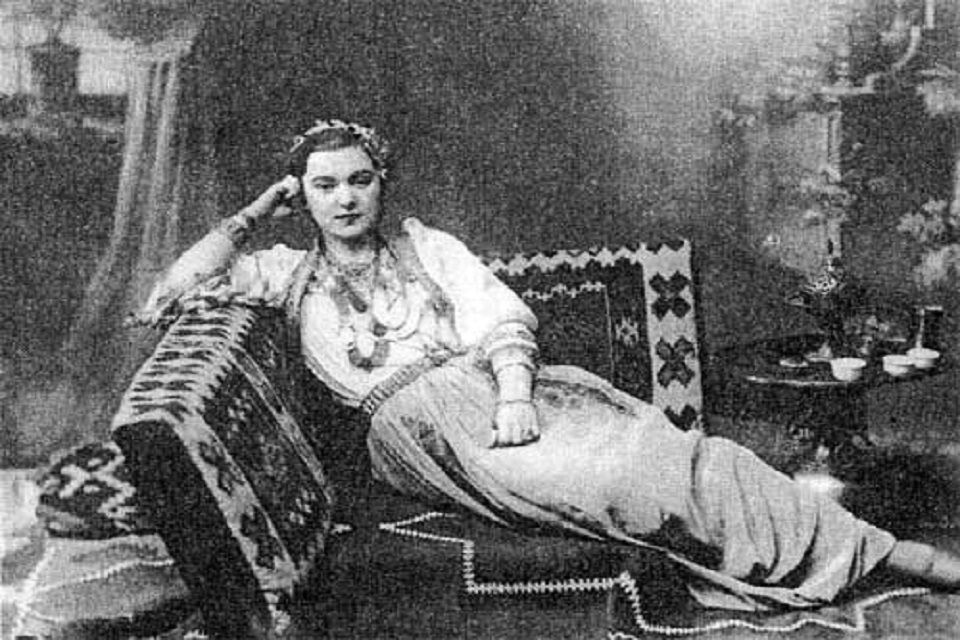After the occupation of Bosnia and Herzegovina by Austria-Hungary in 1878, the sevdalinka, which was created in the course of the urbanization of the cities on the territory of Bosnia and Herzegovina under the Ottoman Empire in the 16th century, was not lost. However, its basis of life, in which it was able to develop and flourish, was considerably damaged. With the unfolding of Western culture in Bosnia and Herzegovina by the Habsburgs, the special forms of life and thus also the forms of society that were decisive for the development of the Sevdalinka gradually began to fade into the background.
Thus, with the new government, the long-necked lute Saz or the Nay, which were used as accompanying instruments in the early phase of the sevdalinka versions, were gradually replaced by the harmonica. Originally the sevdalinka was sung separately – men and women. The women sang softly from the bay windows and the men played these beautiful, wonderful melodies on the saz. Since it could not adapt to the versions of the sevdalinka that were common until then, the harmonica with its strong sounds changed the future character of the sevdalinka. As a result, the sevdalinka was no longer performed in this traditional milieu, which brought new changes, such as accompaniment by violin or even orchestra. Nevertheless, the art of singing the sevdalinka could be continued for decades and in the period from the sixties to the eighties of the last century it experienced the golden age of the sevdah, mainly accompanied by harmonica.



